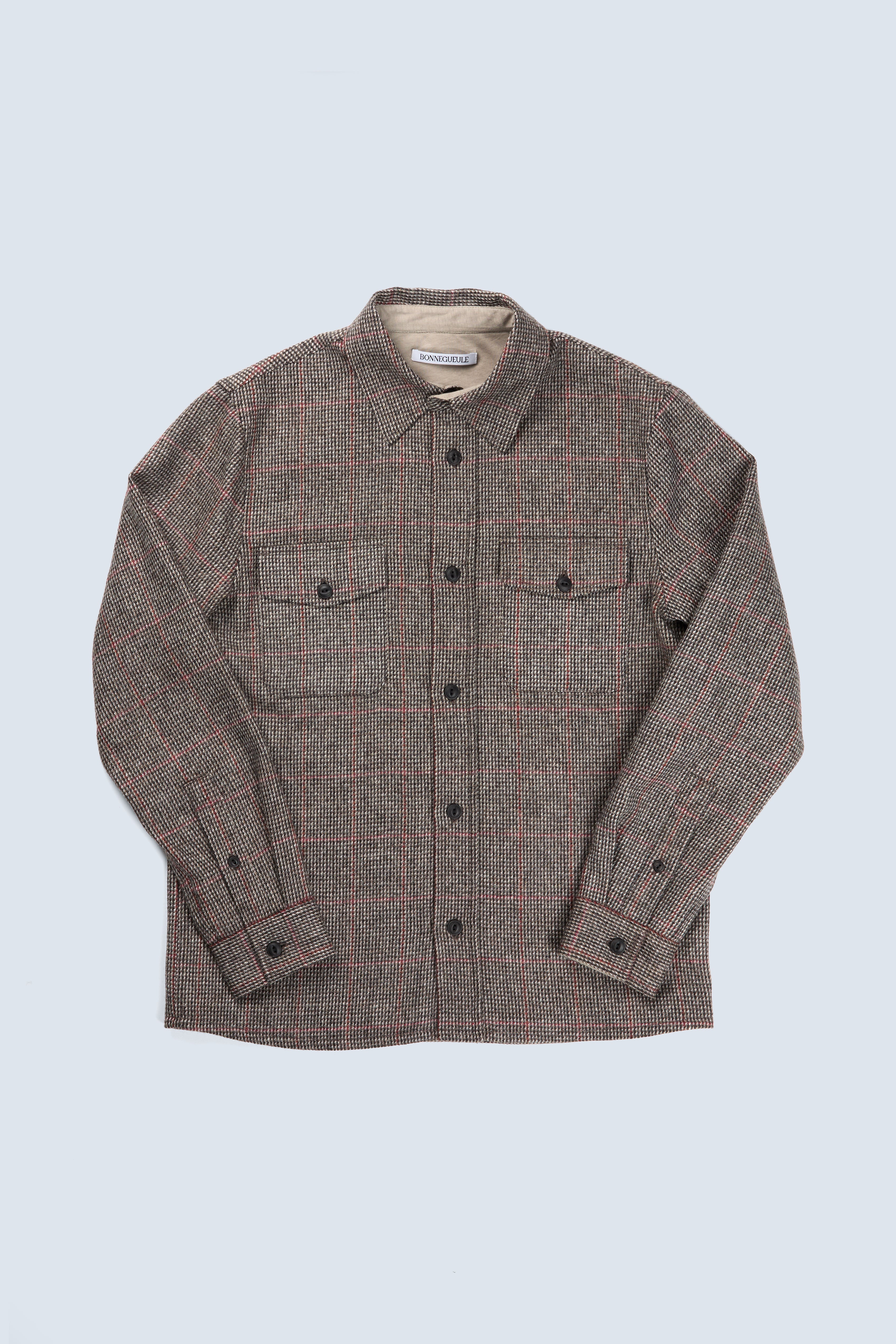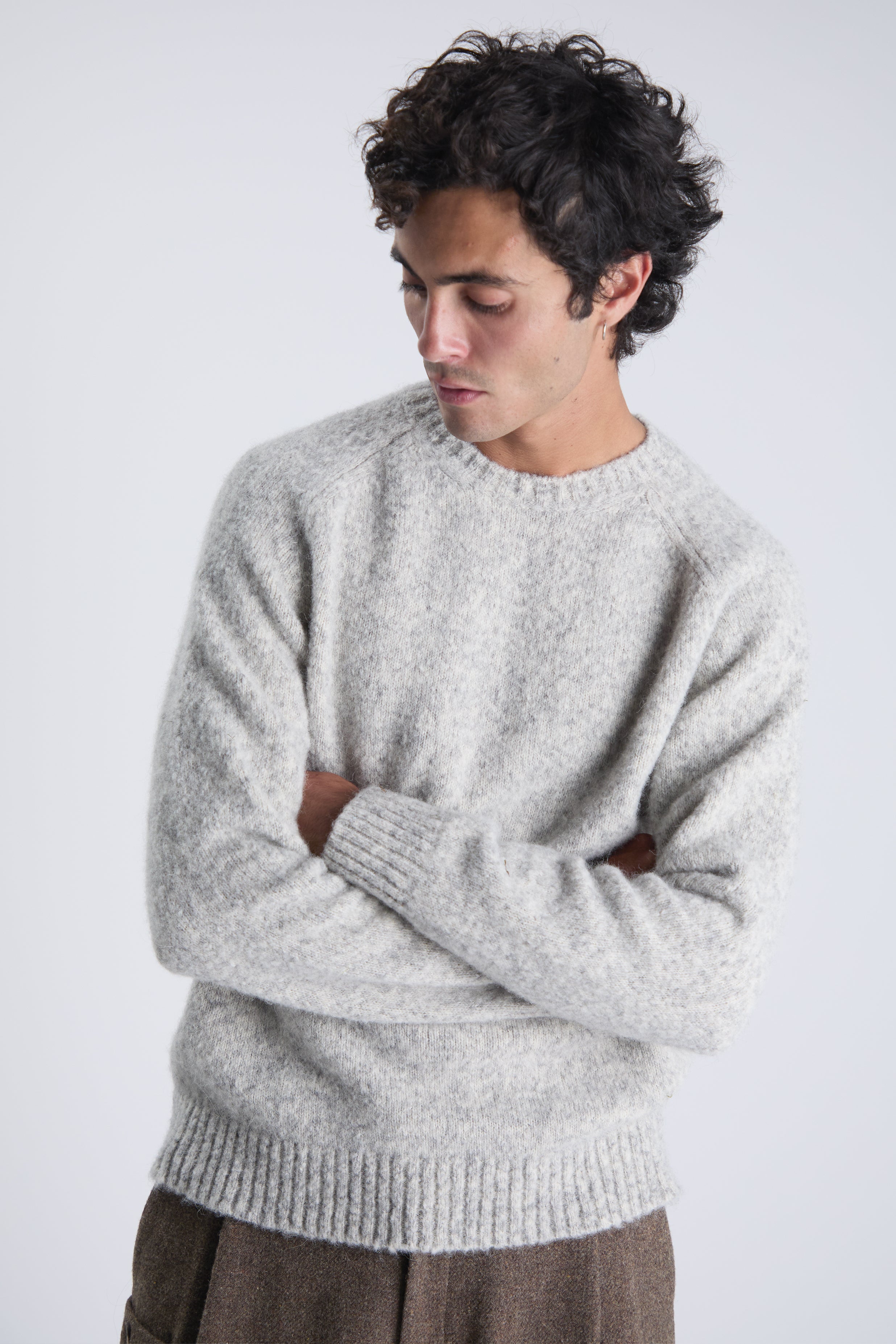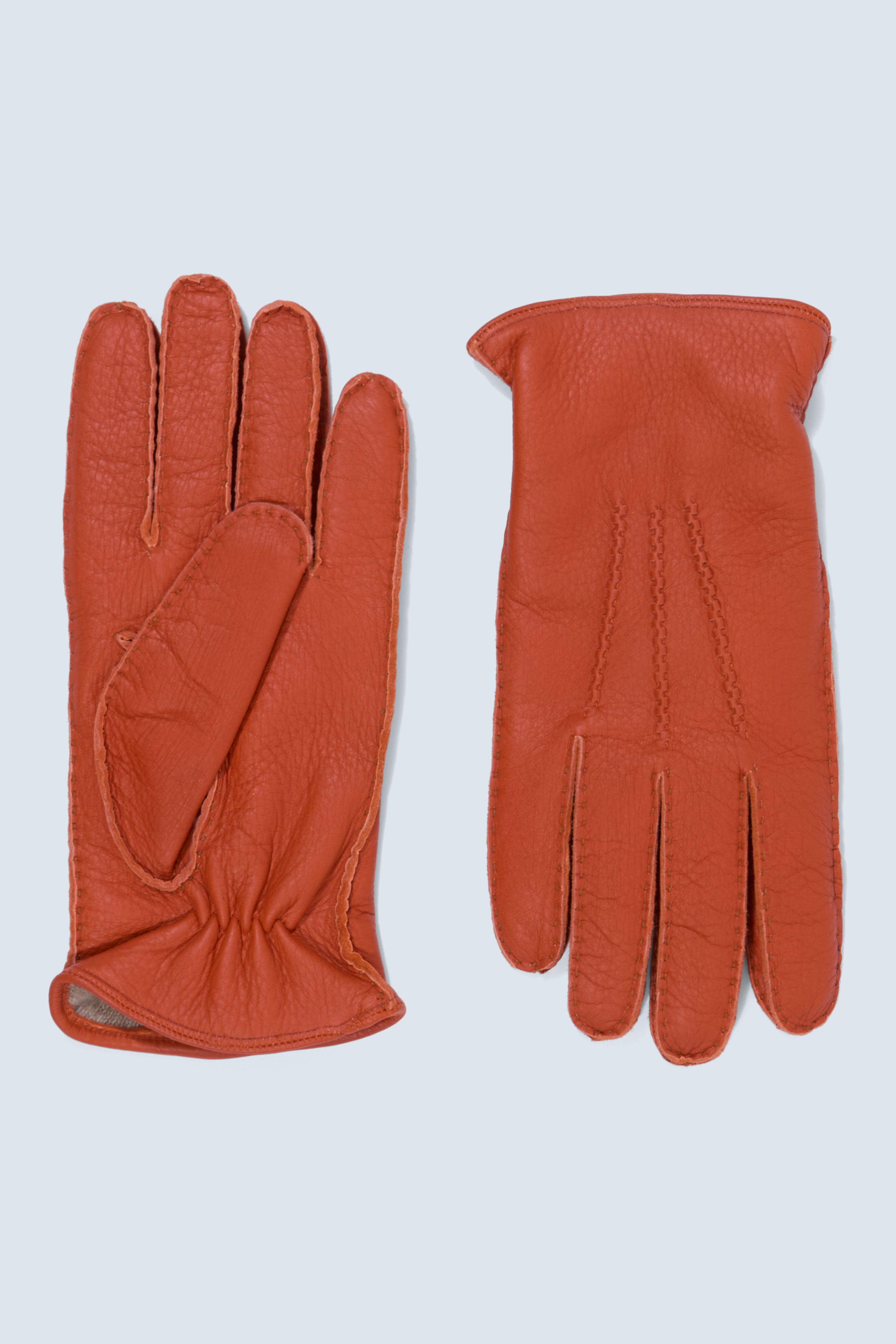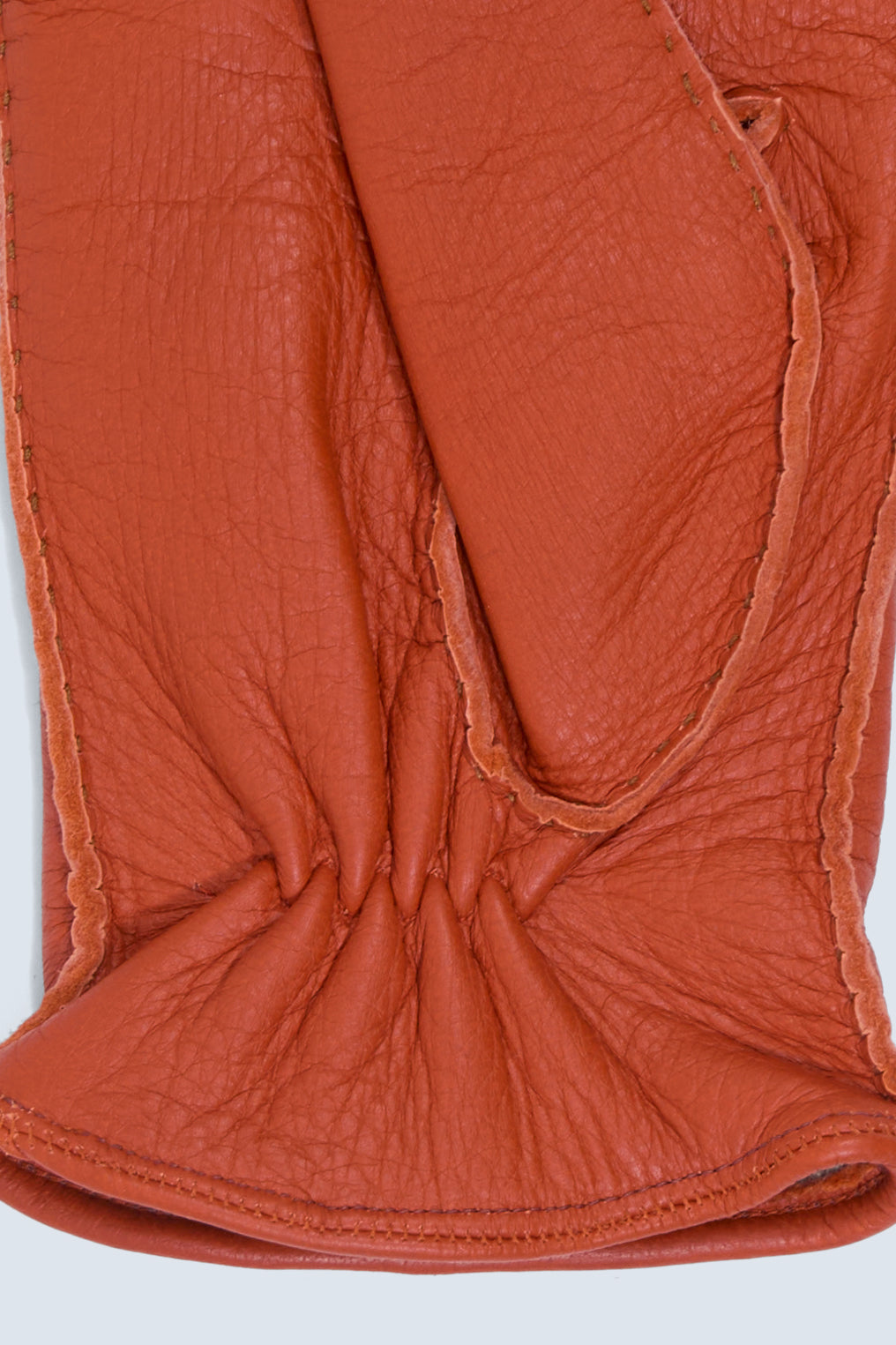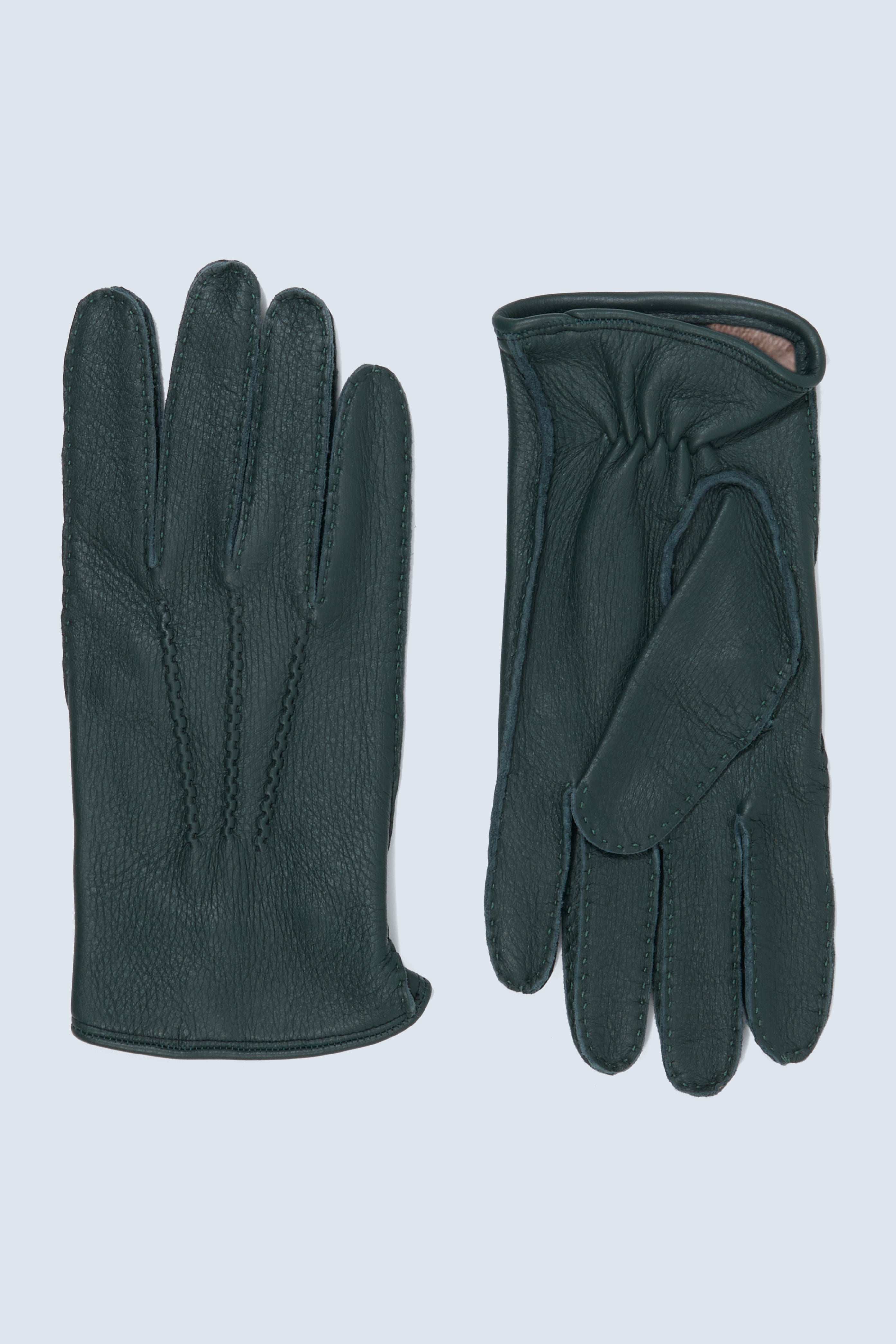You're currently looking for a particular garment, preferably beautiful and of good quality ? That's good, it's our passion.
Discover our brand selections for each type of clothing. Each one is classified by price range to fit your budget and with our advice to make the right choice.
Our brand recommendations
Outerwear
Bottoms
Tailoring
Underwear
At home
We also make clothes
We carefully choose fabrics that make our hearts beat, to offer you pieces that set you apart.
We refine our cuts throughout the collections, for a flattering silhouette.




